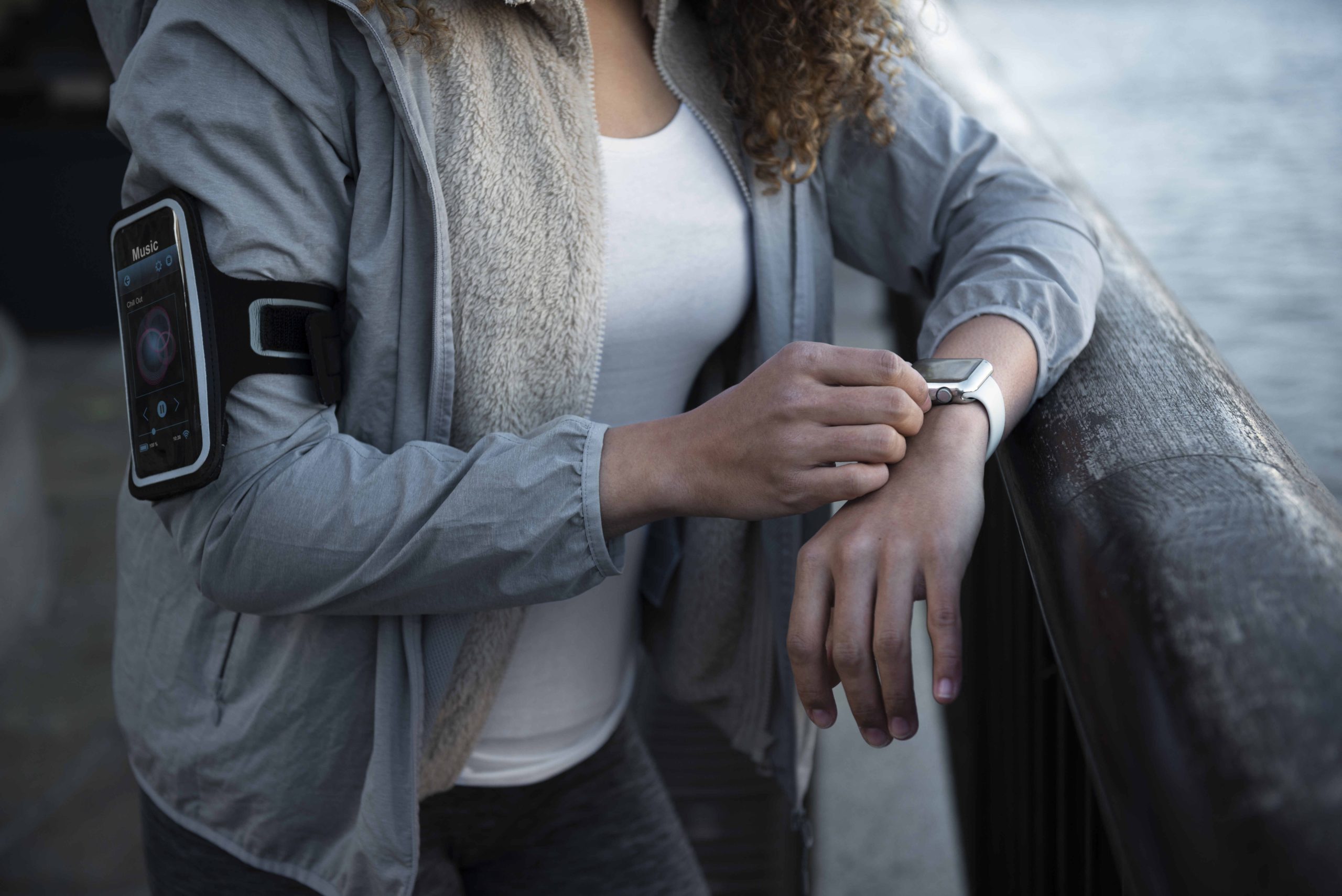Imagine wearing a shirt that tracks your heart rate, adjusts to keep you cool in summer, and warms you in winter. This is no longer a futuristic concept but a growing reality in the form of “smart clothes.” As wearable technology evolves, smart clothing is becoming a cornerstone of innovation, merging fashion, health monitoring, and environmental adaptability. In the U.S., where health consciousness and technological advancements are at the forefront, the demand for such cutting-edge clothing is on the rise.
What Are Smart Clothes?
Smart clothes, also known as e-textiles or connected clothing, integrate sensors, microchips, and other advanced technologies directly into fabrics. These garments are designed to perform specific functions, such as monitoring vital signs, tracking physical activity, or responding to changes in temperature or humidity. Unlike traditional fitness trackers or smartwatches, smart clothing offers a seamless experience by embedding the technology directly into something people already wear daily.
Health Monitoring Through Smart Clothing
One of the most significant advantages of smart clothing is its ability to monitor and provide real-time health data. This technology is particularly beneficial for individuals managing chronic conditions, athletes looking to optimize performance, and anyone striving to improve their overall health.
- Cardiovascular Health Tracking
Many smart garments include heart rate monitors that track cardiovascular performance throughout the day. Some advanced options can even detect irregular heart rhythms and provide early warnings for potential issues like arrhythmias. - Respiration and Oxygen Levels
Certain fabrics are equipped with sensors that monitor breathing patterns and oxygen saturation levels, which can be invaluable for individuals with respiratory conditions such as asthma or COPD. - Posture Correction
Smart shirts and bras can analyze posture and provide gentle vibrations to remind the wearer to straighten up. This feature is especially appealing to office workers and students who spend long hours sitting. - Hydration and Stress Levels
Some garments measure sweat composition and skin temperature to assess hydration levels, while others monitor stress indicators by analyzing heart rate variability.
Environmental Adaptability
Smart clothes are not just about health—they are also designed to make life more comfortable by adapting to environmental changes.
- Temperature Regulation
Advanced smart textiles can warm or cool the body depending on external temperatures. For instance, jackets with built-in heating elements can keep you warm in freezing weather, while cooling vests can prevent overheating during intense physical activity or hot summer days. - Moisture Management
Smart fabrics can wick away sweat and adjust their permeability to keep the wearer dry and comfortable. This feature is particularly beneficial for athletes or outdoor enthusiasts. - UV Protection
Some garments include UV sensors that measure sun exposure and alert the wearer when it’s time to apply sunscreen or seek shade.
The Appeal of Smart Clothes in the U.S.
The adoption of smart clothing in the U.S. is being driven by several factors:
- Health Awareness
With an increased focus on health and wellness, many Americans are turning to smart clothing as a convenient way to monitor their fitness and health metrics. - Advances in Wearable Tech
The popularity of devices like smartwatches and fitness trackers has paved the way for more integrated solutions like smart clothing, which offer a more natural and less obtrusive experience. - Sustainability and Longevity
Many smart clothing brands emphasize sustainability by using durable, long-lasting materials. Some even incorporate eco-friendly practices in manufacturing, appealing to environmentally conscious consumers. - Customization and Versatility
Modern smart clothes often come with apps that allow users to customize their functionality. For example, a user can set their jacket to heat up only when the temperature drops below a certain threshold or receive alerts based on specific health metrics.
Challenges and Future Potential
While the potential of smart clothes is immense, there are still hurdles to overcome:
- Cost
Smart clothing can be expensive compared to traditional garments, making it less accessible to the average consumer. However, as technology advances, production costs are expected to decrease, making these garments more affordable. - Durability and Maintenance
Integrating electronics into fabrics poses challenges for durability and washing. Many smart clothes require special care, which may deter some consumers. - Privacy Concerns
Since smart garments collect sensitive health data, issues surrounding data security and privacy are a concern for many potential users.
Despite these challenges, the future of smart clothing looks promising. Researchers are exploring new materials, such as conductive fibers and flexible electronics, to improve the functionality, comfort, and affordability of these garments.
Conclusion
Smart clothes are revolutionizing the way we think about fashion, health, and comfort. By combining cutting-edge technology with everyday wear, these garments provide powerful tools for monitoring health, adapting to environmental conditions, and enhancing overall well-being. As adoption grows in the U.S., smart clothing has the potential to not only improve individual lives but also redefine the role of fashion in society. From athletes to tech enthusiasts and health-conscious individuals, smart clothes are paving the way for a more connected and comfortable future.















Leave a Reply